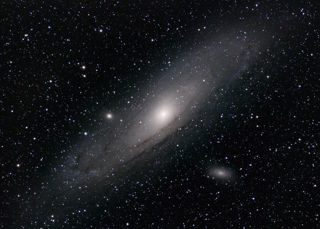
Juno Mission Patch
Juno Mission Patch
The Juno mission in 1991 was the first time a British person flew in space. Britain did not have an astronaut programme, so a private consortium formed to raise the funds to buy a seat on a Soviet mission for a British candidate. Helen Sharman was selected over 13,000 other applicants, after hearing Project Juno’s advert, “Astronaut wanted, no experience necessary”.After undertaking cosmonaut training in Star City in the Soviet Union, Sharman launched into space on Soyuz TM-12 with Anatoly Artsebarsky and Sergei Krikalev. It took the crew two days to reach the MIR space station, where Sharman undertook a programme of science experiments and educational outreach.
The mission patch for the Juno Mission features the symbol of a flying goose, taken from Greek mythology. Aphrodite’s chariot was pulled by geese and the birds were also said to guard the temple of Juno in Rome. It features both the United Kingdom and Soviet flags.
All images:
More information
Object number
2020-6
Location
Artefact Store
Has this object been into space?
No
Material
Cotton
Materials & techniques note
Embroidered
Associated Person
Helen Sharman
Object Production Date
Circa 1991
Object Production Organisation
Stewart Emblems
Object Production Place
Leicestershire
Market Harborough
United Kingdom
On Display Status
Not on display
Copyright and Photos
Photography is shared via the license below.
However, some objects on this website are on loan to the National Space Centre and are being shared through the permission of their owners.
Commercial use of images from this website is not allowed without additional permissions being granted. To request permission to use images for purposes not covered in the license below, please contact [email protected]
Individual objects on loan to the National Space Centre may have additional copyright permissions, so advice should always be sought before use.
![]()
This work is licensed under a Creative Commons Attribution-NonCommercial 4.0 International License.



